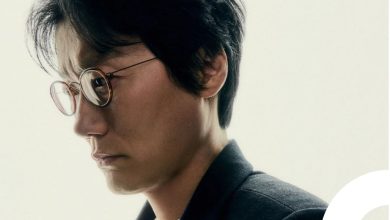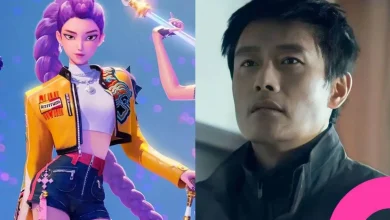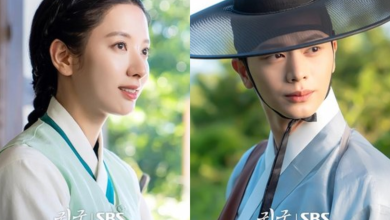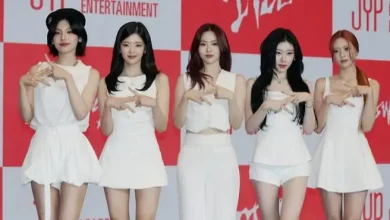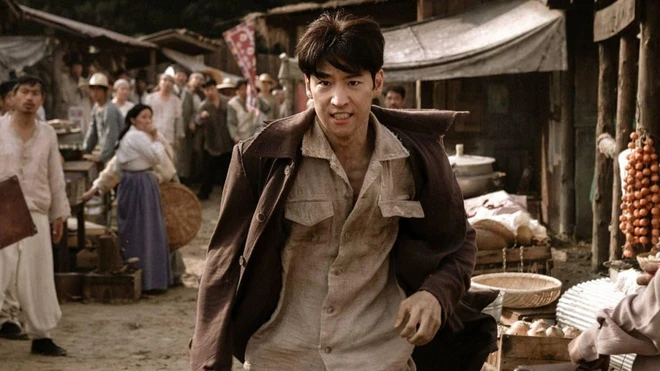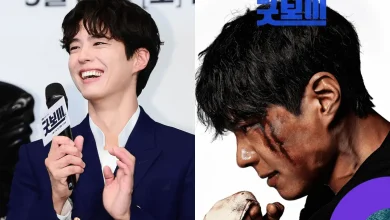[Exclusive] GOBELINS Students On Behind-the-scenes Of Their Short Film About Three 11-year-old Boys And A Sex Robot
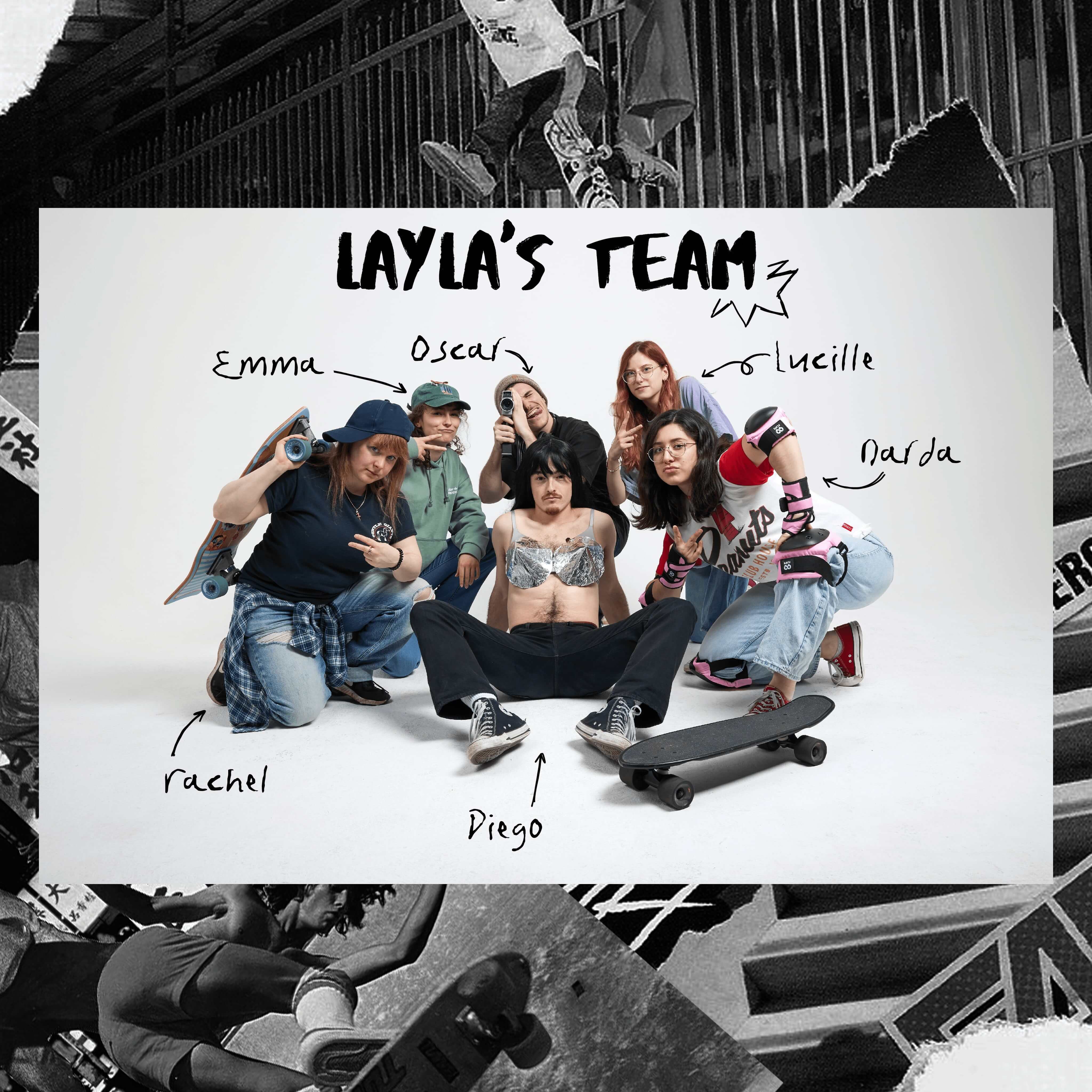
What would happen if “three 11-year-old boys get a hold of a sex robot to have their first experience with her?” This unique storyline has been developed by a group of students from GOBELINS, one of the most renowned animation schools in the world, for their graduation project, LAYLA.
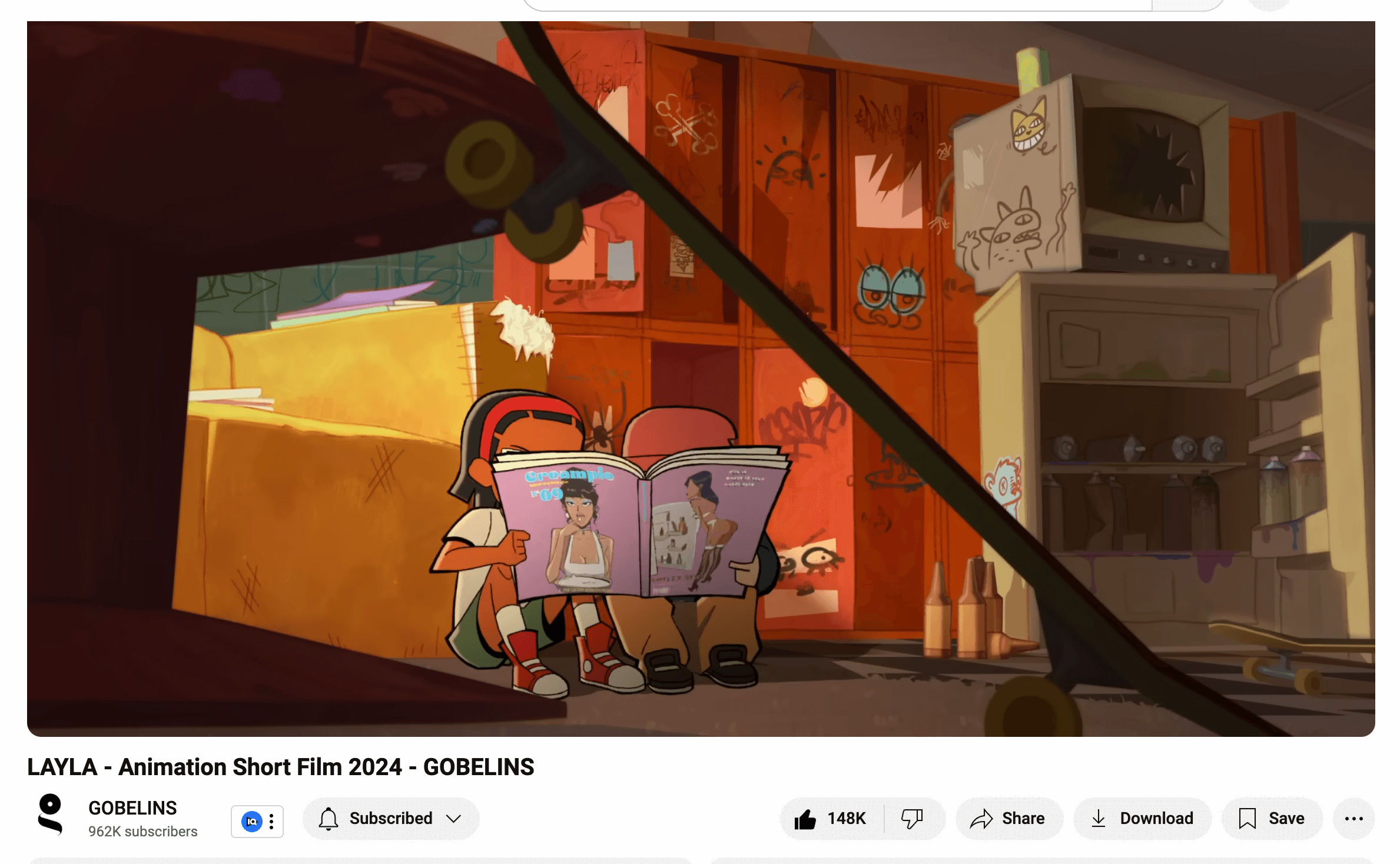
LAYLA – GOBELINS is about three 11-year-old boys with a mind full of curiosity about the “adult” world. With the opening scene, two out of three boys are focusing on images of the “real woman” body at their secret shelter. Lucky – the other in the trio suddenly brought a sex robot named Layla with the aim of losing their virginity. It wasn’t until the robot started that all three realized that they weren’t ready for this. Instead of carrying out their original intention, the trio decided to create memorable moments with Layla, the robot, engaging in activities like skating and smoking, which align with the coming-of-age themes.

LAYLA – GOBELINS successfully gathered approximately 2 million views on YouTube after only two weeks since its release. Through visually striking animation, the film invites viewers to reflect on the timeless struggle of growing up, offering a nostalgic escape from adulthood and allowing them to reminisce about their own youthful experiences.
The creators of LAYLA recently spared some time to share with us the behind-the-scenes and hidden meanings of this fascinating film.
Introduce the team
The creative team behind the animation film LAYLA – GOBELINS is a dynamic collective of directors, each bringing unique talents and perspectives to the project.
Diego H. Blanco contributed to the writing, storyboarding, early design, and animation, as well as initially pitching the concept. Although his passion for skating is one of his personal interests, animation became his true calling.
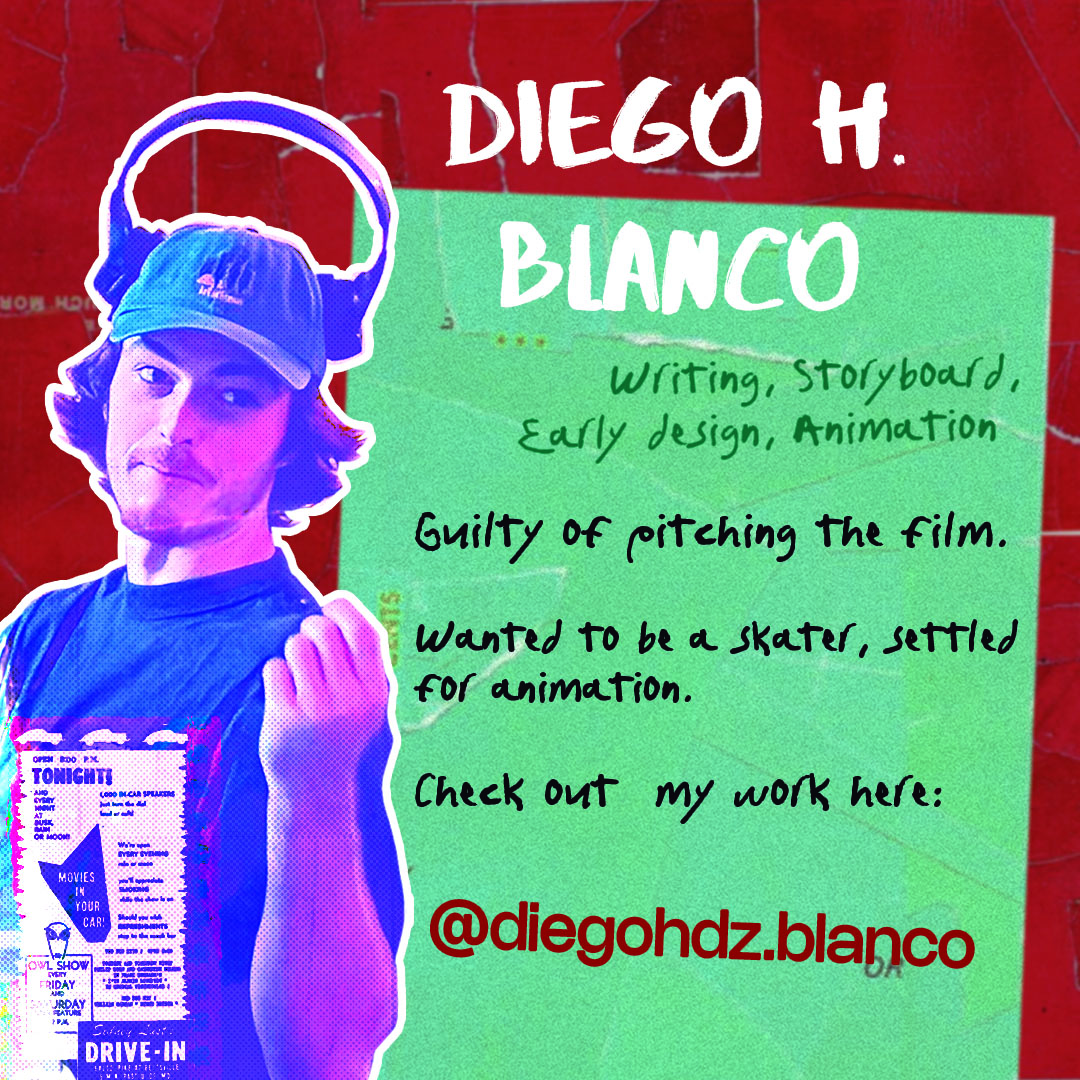
As co-art directors, Narda and Emma Ferréol led the visual direction of the film. Narda, from Mexico, created stunning backgrounds and took charge of the graffiti library, adding a distinct visual style to the narrative. Meanwhile, Emma handled set design, 3D modeling, and background layouts, bringing depth and vibrancy to the film’s world.
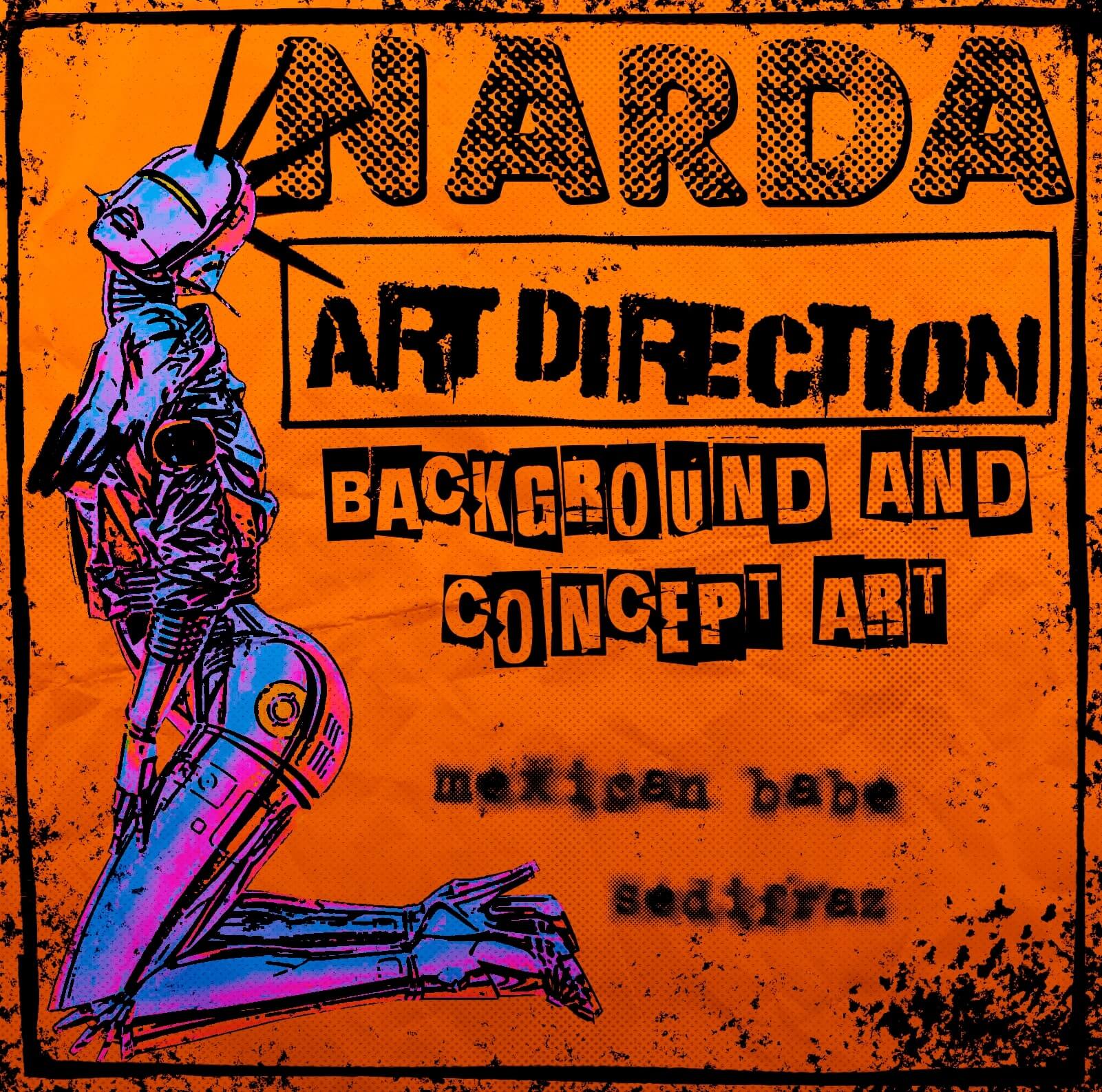
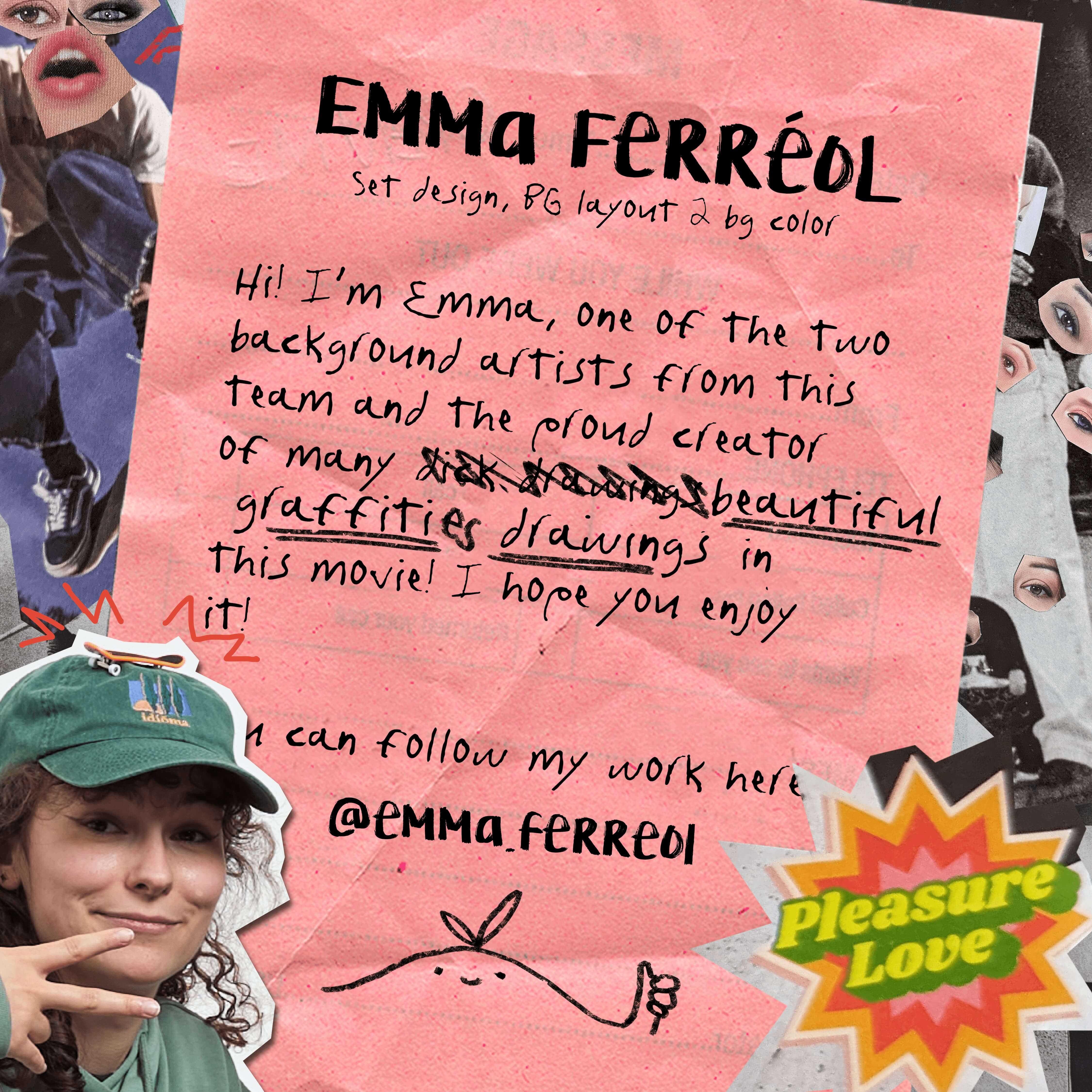
Rachel Gitlevich, a seasoned animator from New York City, contributed to the story, animation, and editing. With a meticulous eye for detail, she was instrumental in defining character turnarounds, helping to bring the protagonist, Layla, to life.
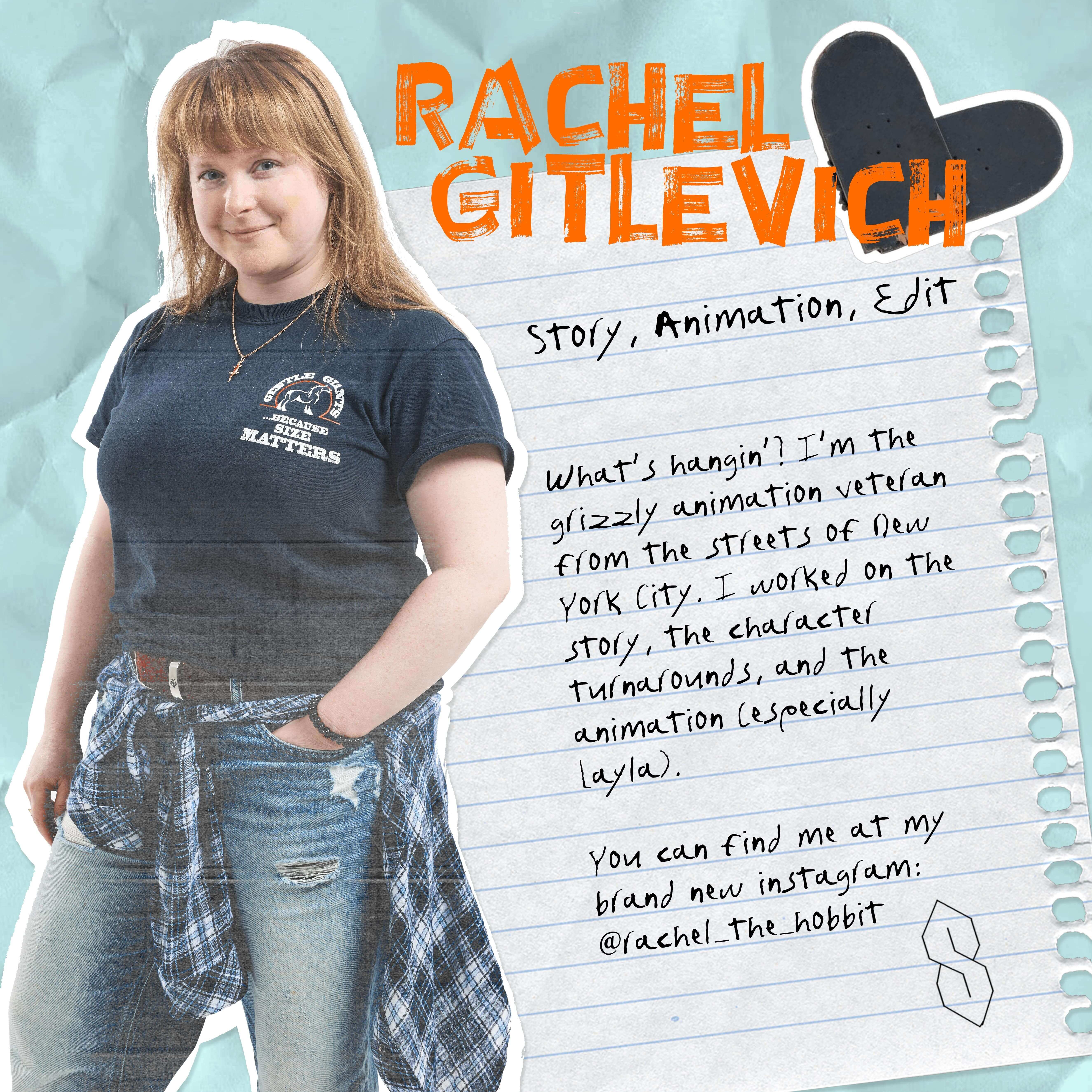
Oscar Baron, one of the team’s Breton members, worked across story, storyboarding, animation, and music composition. His efforts added a textured richness to the film, creating an immersive viewing experience.
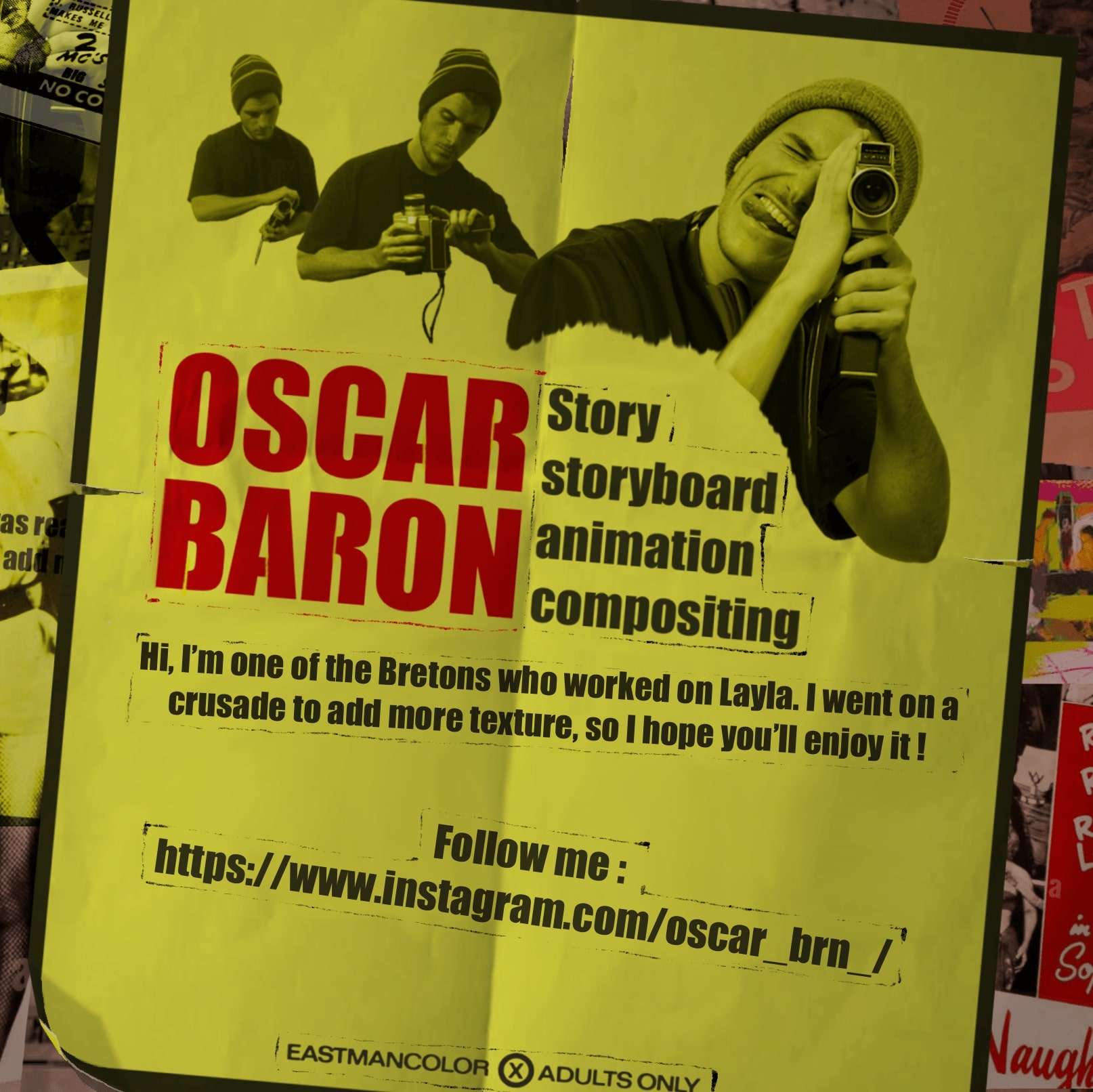
Lucille Reynaud focused on character design and animation, pouring her enthusiasm into crafting the film’s memorable characters with the entire team.
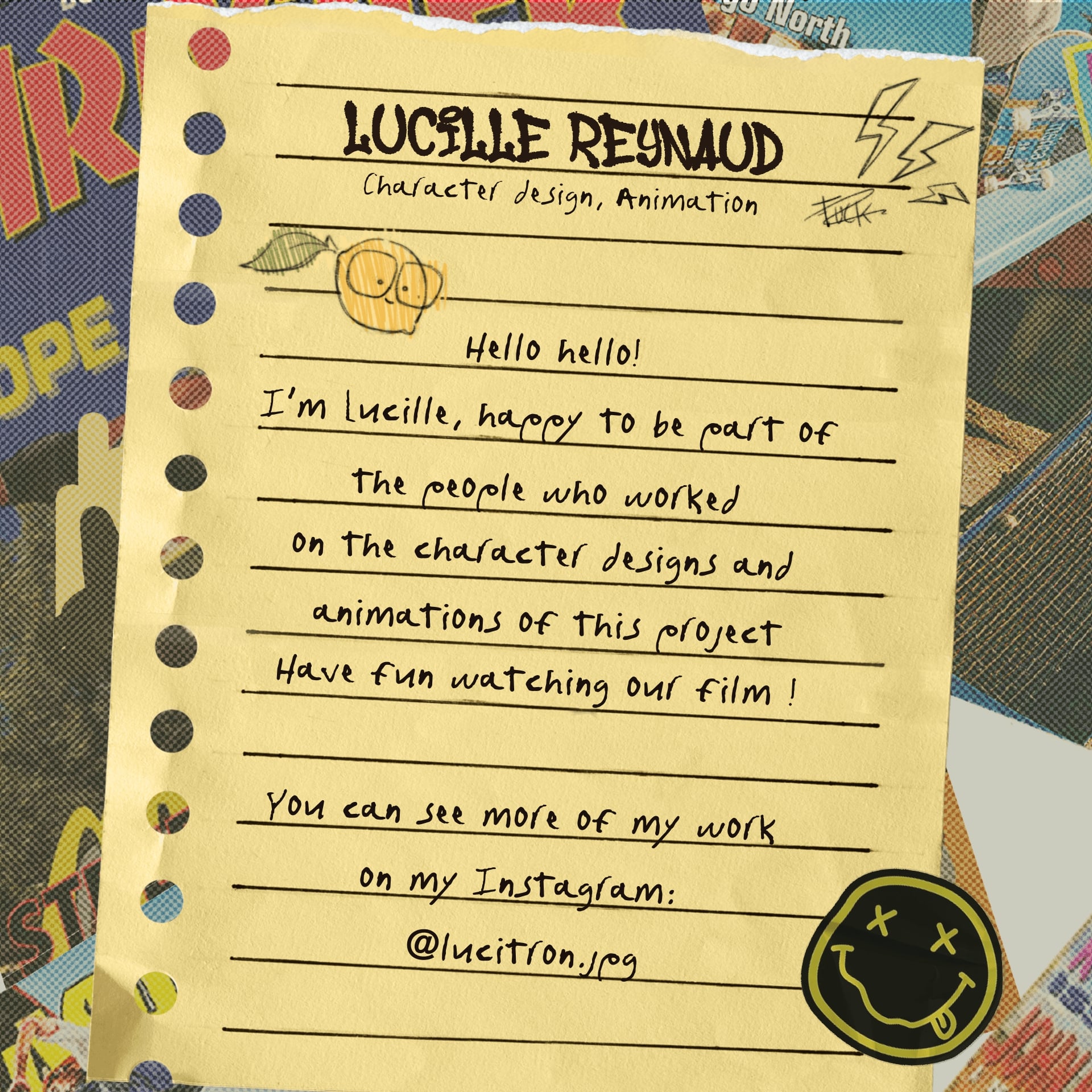
Interview
1. What initially inspired the concept of “Layla”?
The inspiration for Layla’s pitch came from several sources, like a comic strip found on Instagram by Freddy Carrasco. It showed a child talking to a sex robot.
But also the personal experience of each of us, with the discovery of “adulthood” and the first time we were confronted with sexuality.
2. Why did you choose a sex robot as an element of the story to explore children’s curiosity? What is the message behind this choice?
As mentioned above, one of the inspirations was this comic with a sex robot. This made for a very interesting pitch, and made you want to know what happened next. The sex robot seemed to embody, pretty well, the children’s first encounter with sexuality.
3. How did you balance the adult themes with the innocent perspective of children in your storytelling?
At the start of the short film, everything unfolds exactly as you’d expect from a sex robot, with all the adult world that implies. But we’ve made sure that the interractions, the children’s behavior and the way they talk just remind the viewer that they’re just children. And that the adult world will come later. In each naive interaction, we realize that the children just want to play, and are far removed from any consideration of the adult world.
4. How long did it take to complete the film from start to finish?
We started writing the script in June 2023 and during the summer break. But we got more serious in September. And we finished the film (post-production included) in June 2024.
5. What were the challenges you guys had faced throughout the making of Layla?
I think the main problem was the lack of time at every stage. We had taken a bit more time on the writing than we should have (we weren’t really happy with the story at the time) and this had repercussions on production, so after December we were in a rush.
6. Can you share the inspiration behind Layla’s art style and the background setting?
As far as the art style is concerned, at the start we were going for something very “American comic”, with thick black lines and flat backgrounds. A bit like Robert Valley or Gorillaz. With Narda and Emma in charge of the backgrounds, they found a happy medium between their personal styles. While Diego and Lucille were in charge of character design, going for something with a thick line. And surprisingly, after several tests, these two styles, which at first glance didn’t seem compatible, worked very well together!
For the sets, we were very inspired by the Californian anesthetic. Rachel found a deserted spot with lots of abandoned motels: around the Salton Sea. This is where we decided to set our scene (even though the motel was invented from scratch and doesn’t exist in real life, it was mostly for context and inspiration).
7. As a graduation project at GOBELINS, how did the school support you throughout the process?
Gobelins provided us with an ideal working environment. At every stage of production and even writing, we had teachers specialized in the field (writing, character design, background, color, animation, etc.). We also collaborated with another class specializing in production management. They helped us get organized. And above all we had our coordinator (Youngsun), with whom we had regular meetings (every week at some point) to recalculate our quotas and find solutions to get the film finished on time.
But the school also offered us the services of a sound designer and a color grading specialist. This was the icing on the cake, making all the difference and giving our film a more professional look.
8. In what ways did this project strengthen your team’s collaboration and unity?
This group film experience showed us our strengths and weaknesses. But above all, it showed us how to rely on each other to achieve our goals.
9. Do you plan on creating a sequel to the story? And what’s next for the team?
We’d love to be able to do the sequel, not necessarily in the form of another short film. I think the Layla concept could work as a short series. But first we need to find a producer! We’re currently developing an artbook, which will be available via a crowdfunding platform in a few months’ time. Layla has also been selected for several animation festivals around the world. All her news is or will be available on our instagram account @layla.gobelins. So let’s see what the future holds!
If you like this content, please support us. Thank you very much!
